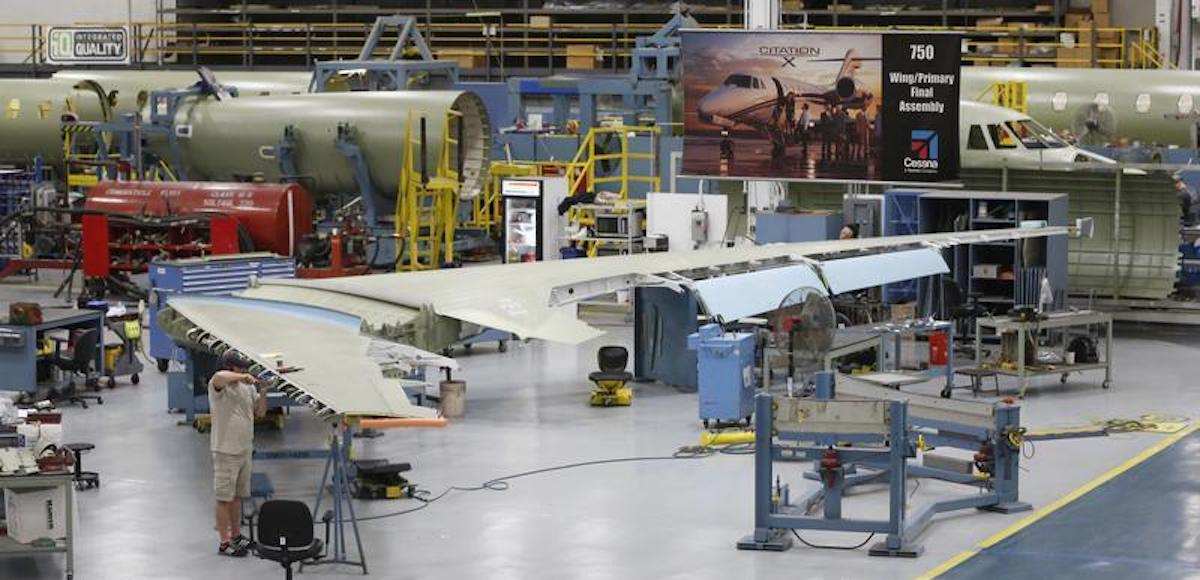

Nathan Rogers works on the jet assembly line at Cessna, at their manufacturing plant in Wichita, Kansas March 12, 2013. (Photo: Reuters)
The Richmond Fed Manufacturing Index, a gauge of factory activity in the Fifth District, surged from 14 to 19 in September and blew past the forecast. The gain was fueled by a sizable increase in the index for shipments — which, at a reading of 22, is the highest it has been since December 2010 — and a smaller rise in the index for new orders.
The third component of the composite index, the employment index, fell slightly. However, even though the index for wages declined very slightly, there was a notable increase in the average workweek indicator.
Manufacturing expectations were stable across most measures this month, and continued to indicate overall optimism. The only notable changes in expectations were in the index for expected average workweek, which rose from 16 to 25, and the index for expected capital expenditures, which fell from 30 to 18.
The most damning journalistic sin committed by the media during the era of Russia collusion…
The first ecological study finds mask mandates were not effective at slowing the spread of…
On "What Are the Odds?" Monday, Robert Barnes and Rich Baris note how big tech…
On "What Are the Odds?" Monday, Robert Barnes and Rich Baris discuss why America First…
Personal income fell $1,516.6 billion (7.1%) in February, roughly the consensus forecast, while consumer spending…
Research finds those previously infected by or vaccinated against SARS-CoV-2 are not at risk of…
This website uses cookies.